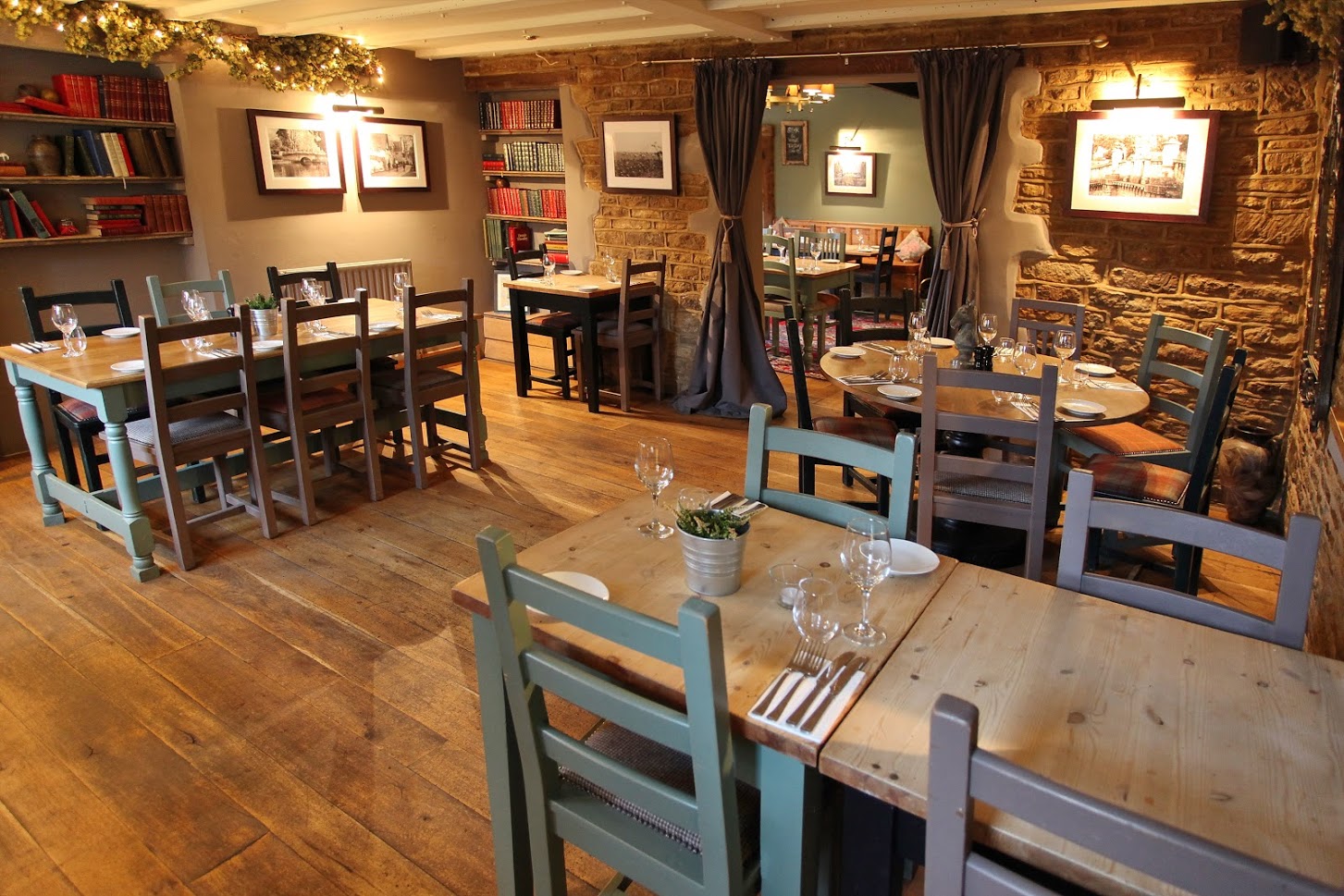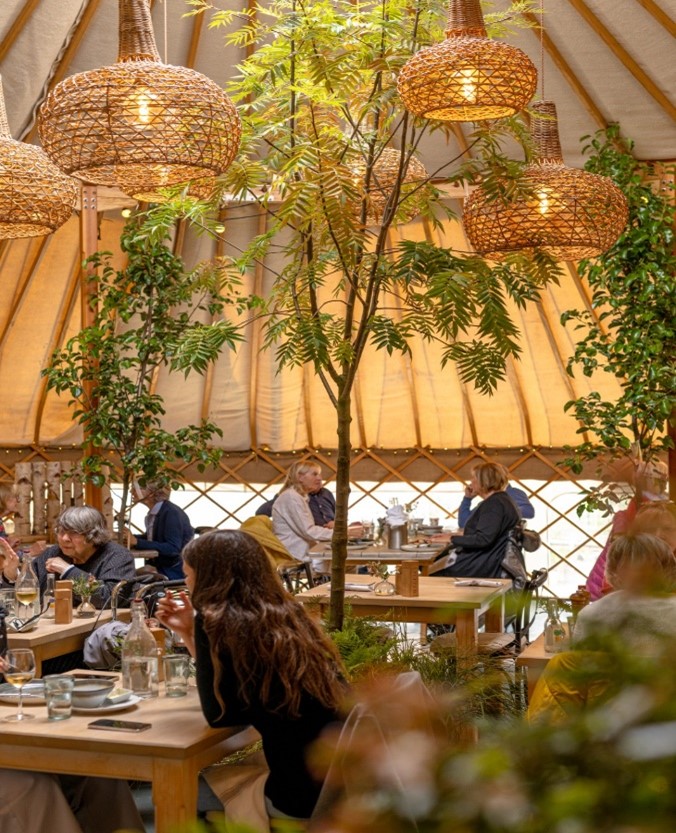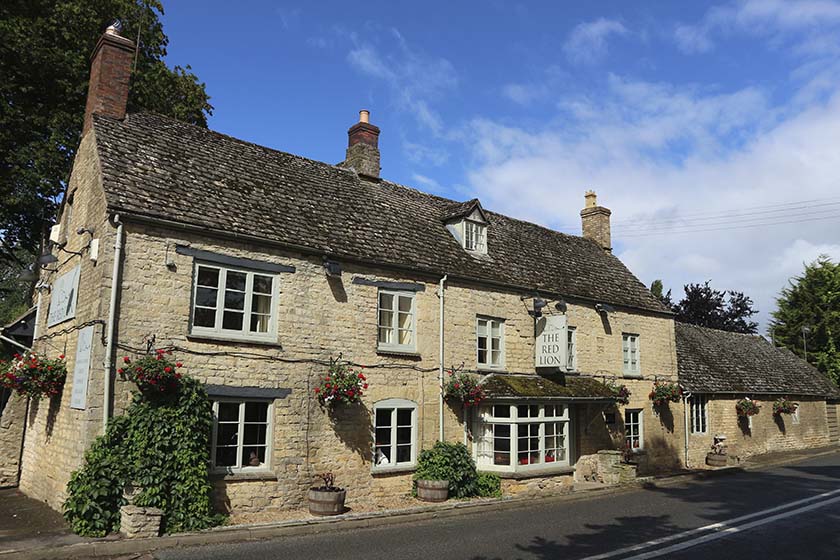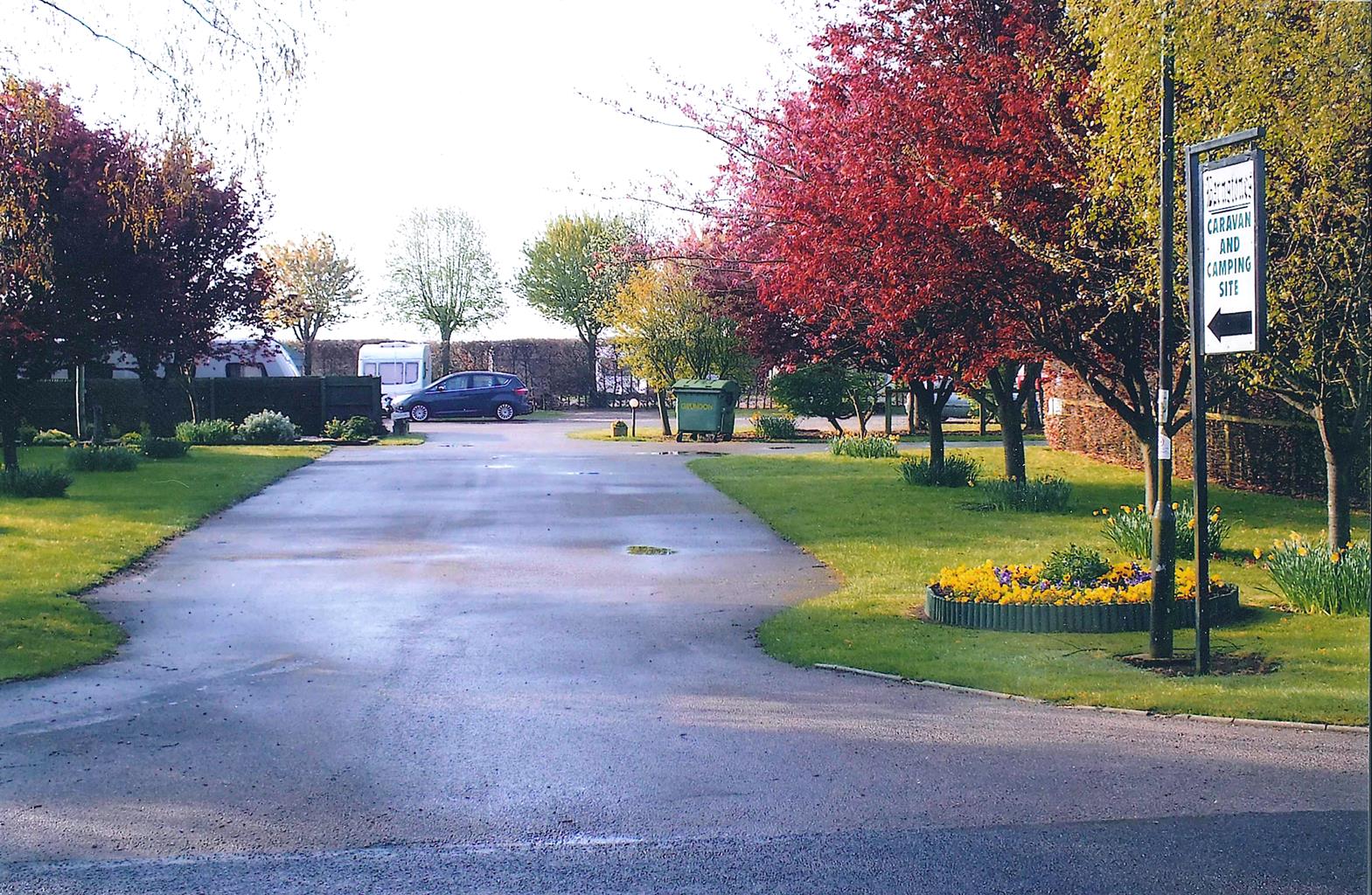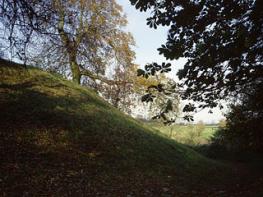Ashlea Guest House is a family-run establishment where the husband and wife team ensure their…
Broughton and Broughton Castle

2.75 miles (4.4kms)
About the walk
One of the pleasures of walking in the countryside is that initial glimpse of a ruined church, a wonderfully eccentric folly or a distant baronial hall. The first sighting of Broughton Castle usually provokes a gasp of surprise, too, as it edges teasingly into view across an extensive swathe of green lawns and classic English parkland.
The castle was originally built as a fortified manor house by Sir John de Broughton early in the 14th century. Later it passed to William of Wykeham, the famous founding father of Winchester College and New College, Oxford, who set about converting the manor house into a castle, designing battlements and a gatehouse among other additions. One of Broughton’s greatest attributes is its 14th-century private chapel, approached by a stone staircase from the groined passage. In the 15th century, Broughton passed by marriage to the Fiennes family when the granddaughter of Sir Thomas Wykeham, greatnephew and heir of William, married Sir William Fiennes, 2nd Lord Saye and Sele. During the Elizabethan era the house was transformed virtually beyond recognition into the Tudor building you see today.
During the Civil War, the Fiennes family were staunch supporters of the Parliamentarians and did much to defend this corner of Oxfordshire. The 1st Viscount Saye and Sele, demonstrating caution and common sense, was dubbed ‘Old Subtlety’, and it was within the walls of the castle, in the Council Chamber, that Puritan leaders such as Pym, Hampden, Vane and Essex met to plot the Great Rebellion and thwart Charles I. Saye and Sele raised his own regiment of dragoons, known as Lord Saye’s Bluecoats after the colour of their coats, from among his tenantry. Together with his four sons, he fought at the Battle of Edgehill in 1642, but soon afterwards the castle was besieged and captured. The distinctive compound title of Saye and Sele dates from the original creation of the barony in 1447.
Members of the Fiennes dynasty still live at Broughton Castle, which is open to the public (not daily – check for opening times), and today the name takes on even greater significance. Ralph and Joseph, both well-known and well-respected film and stage actors, are members of the wider family.
Not surprisingly, the castle often crops up as an imposing backdrop in film and television productions. Perhaps most notable on the list of credits is the 1998 film Shakespeare in Love (with Joseph Fiennes as William Shakespeare) in which Broughton Castle appears as Viola’s stately home. The dance, where Will first meets her, was filmed in the Great Hall, with its beautiful plaster ceiling and hanging bosses, while it is in the Oak Room that Wessex tells Viola that she is to be married. For outdoor scenes, an artificial balcony, overlooking formal gardens, was constructed, representing part of Viola’s bedroom.
Walk directions
Keep Wykham Lane on your right and parkland on the left and walk through the village of Broughton. Pass Danvers Road on the right-hand side, followed by Danvers Cottage on the left and then, just beyond the cottage, swing left over a stile, signposted ‘North Newington’. Keep ahead across the field to reach a stile in the next boundary, then keep left around the field edge to cross a footbridge in the trees. This is sometimes obscured by foliage during the summer months. Continue ahead, keeping a line of trees on your right-hand side and, two-thirds of the way along the field boundary, look for a footbridge on the right.
Cross the footbridge, then cross a concrete track, go through a gap in the hedge, turn left and then right following the field edge to a large gap in the hedge and a road. Turn right and follow this minor road to a junction where you bear left towards the village of North Newington. Pass The Blinking Owl pub and Wheelwright Cottage and then turn left into The Pound, opposite the old village pump.
Walk past Pound Cottage and look for a footpath which starts about 30yds (27m) beyond it on the right-hand side. Follow the footpath around the field edge to your right to a wide gap in the hedgerow on the right. Turn through the gap and then left, following the hedge on your left up the hill and then turn right along a line of trees to another gap on the brow of the hill. Pass through the gate and keep ahead, with the field boundary on your left. Walk down the field to the road.
Cross the road and through a gate and follow the track, keeping the hedge on your left, towards some barns. Pass between the barns and three small sheds, and turn left up the incline towards a gap in the trees. Follow the path to reach a kissing gate in the far boundary and cross over into the parkland of Broughton Castle. Soon the spire of the church of St Mary and the outline of the castle and its moat come into sight ahead of you. Continue ahead across the parkland and down to meet the castle drive. Head for a gate into the churchyard and then follow the path around the church, through another gate and along a stone slab pathway to reach the B4035. Turn left and return to the village centre.
Additional information
Field and parkland paths and tracks, some roads, several stiles
Rolling farmland and parkland to southwest of Banbury
Under control across farmland and by Broughton Castle
OS Explorer 191 Banbury, Bicester & Chipping Norton
Limited spaces in Broughton village
Broughton Castle car park, when open, for visitors; otherwise none on route
WALKING IN SAFETY
Read our tips to look after yourself and the environment when following this walk.
Find out more
Also in the area
About the area
Discover Oxfordshire
Located at the heart of England, Oxfordshire enjoys a rich heritage and surprisingly varied scenery. Its landscape encompasses open chalk downland and glorious beechwoods, picturesque rivers and attractive villages set in peaceful farmland. The countryside in the northwest of Oxfordshire seems isolated by comparison, more redolent of the north of England, with its broad views, undulating landscape and dry-stone walls. The sleepy backwaters of Abingdon, Wallingford, Wantage, Watlington and Witney reveal how Oxfordshire’s old towns evolved over the centuries, while Oxford’s imposing streets reflect the beauty and elegance of ‘that sweet city with her dreaming spires.’ Fans of the fictional sleuth Inspector Morse will recognise many Oxford landmarks described in the books and used in the television series.
The county demonstrates how the strong influence of humans has shaped this part of England over the centuries. The Romans built villas in the pretty river valleys that thread their way through Oxfordshire, the Saxons constructed royal palaces here, and the Normans left an impressive legacy of castles and churches. The philanthropic wool merchants made their mark too, and many of their fine buildings serve as a long-lasting testimony to what they did for the good of the local community.
Nearby stays
Restaurants and Pubs
Nearby experiences
Recommended things to do
Why choose Rated Trips?
Your trusted guide to rated places across the UK
The best coverage
Discover more than 15,000 professionally rated places to stay, eat and visit from across the UK and Ireland.
Quality assured
Choose a place to stay safe in the knowledge that it has been expertly assessed by trained assessors.
Plan your next trip
Search by location or the type of place you're visiting to find your next ideal holiday experience.
Travel inspiration
Read our articles, city guides and recommended things to do for inspiration. We're here to help you explore the UK.





